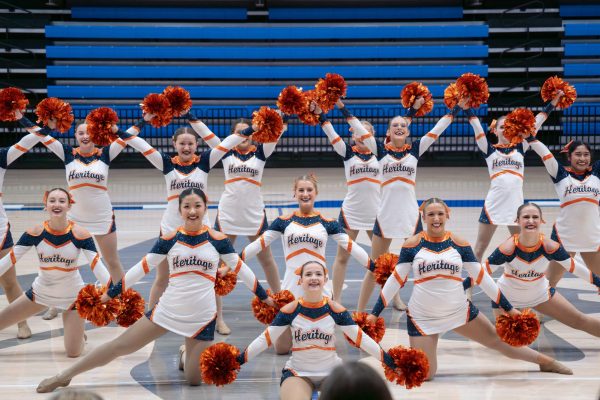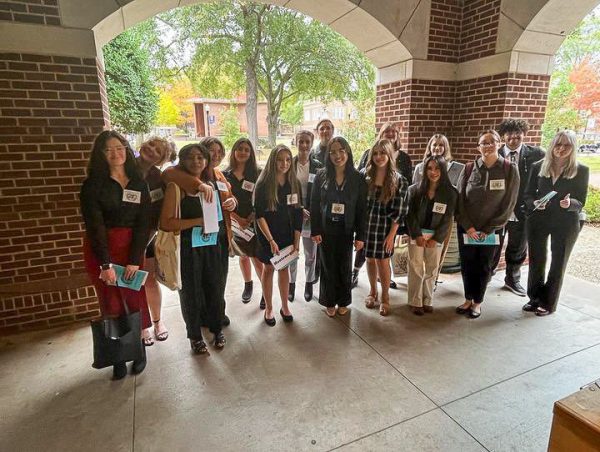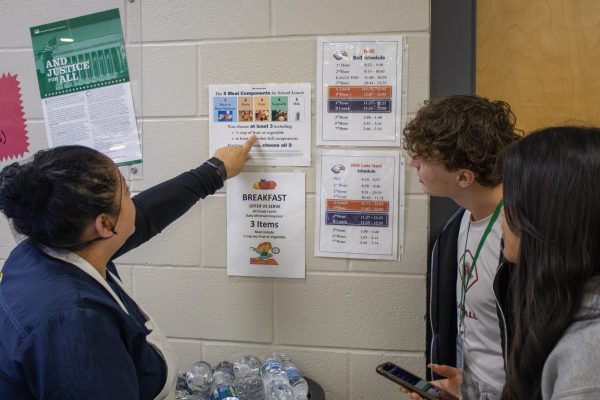The Elephant in the Room

September 11, 2015
In Pawnee, Indiana, two Parks and Recreation department government officials stakeout a local construction site, investigating suspicious drug activity. The officials park their black van and wait for countless hours, leading to boredom, frustration, and deep conversations.
“So, where are you from?” asks Leslie Knope, in this heart-to-heart with her co-worker, Tom Haverford.
“South Carolina.”
The answer does not satisfy Knope. She looks over across the dimly lit van at Haverford’s brown skin, black hair, and dark eyes. She rephrases her question.
“But… you moved to South Carolina from where?” she asks.
“My mother’s uterus.”
*
The stakeout is fictional, from a popular episode of the sitcom Parks and Recreation. Amy Poehler plays Leslie Knope in the stakeout scene alongside Aziz Ansari, who plays Tom Haverford.
Over the past summer, while recovering from a virus, I spent three days, eyes glued to my TV screen, binge watching Parks and Recreation.
Knope’s dialogue with Haverford caught my attention. First, I laughed out loud at Haverford’s witty responses to Knope’s earnest question. Then, I realized how perfectly Parks and Recreation had satirized many people’s reactions towards others of different race or appearance.
*
When I moved to Heritage from a Catholic middle school with a class of only thirty students, I was overwhelmed with questions from my new peers. At first, the questions were directed towards Catholicism. Were all the teachers at my school nuns? As a Catholic, do I worship Mary? Are Catholics Christian?
Those questions unsettled me, but I got used to them. None of the teachers at Saint Vincent’s, the Catholic school I attended, were nuns; Catholics worship God, just like other Christian denominations; and yes, as previously stated, Catholics are Christian.
The questions about Catholicism came from acquaintances. Later on in high school, though, as I started becoming friends with many people, I began to receive questions on a different topic: ethnicity. With my tan skin and dark brown hair, I became a question mark amongst a sea of distinct races. Like Tom Haverford in Parks and Recreation, my ethnicity had become the elephant in the room.
Parks and Recreation succeeds in showing that race does not have to create barriers between different people. The parks department officials quickly realize Haverford’s complexity through his sense of humor and light heartedness. Haverford gives hope that work and school relationships can transcend race.
Mine certainly did. My father is Caucasian, while my mother is Chamorro, or from the Pacific island of Guam. Throughout my school years at Heritage High School, I have been very fortunate. While my race has led to awkward questioning from my peers, my experiences do not compare to the harmful discrimination and stereotyping many people around the world face.
But how can students at Heritage help end discrimination, when even the prospect of trying out for the soccer team or passing the next test sounds like a Herculean task?
Awareness. When we are aware of the complexity of people different from ourselves, we can view them as more than just stereotypes. If we are aware that others may feel uncomfortable and insecure because of their differences, we can prevent awkward or even humiliating encounters. No one person can fix worldwide racism, but simply being aware can turn the “stereotypical” Indian man into a hilarious, sharply-dressed Tom Haverford.












Tristen Harrison • Oct 8, 2015 at 9:16 am
This story is very well written, nice job! I love Parks and Rec and as soon as you started telling about the episode I recognized it immediately! LOL I do love how Parks and Rec is hilarious but it also does teach you important lessons like stereotypes and friendship! Love this show and article.